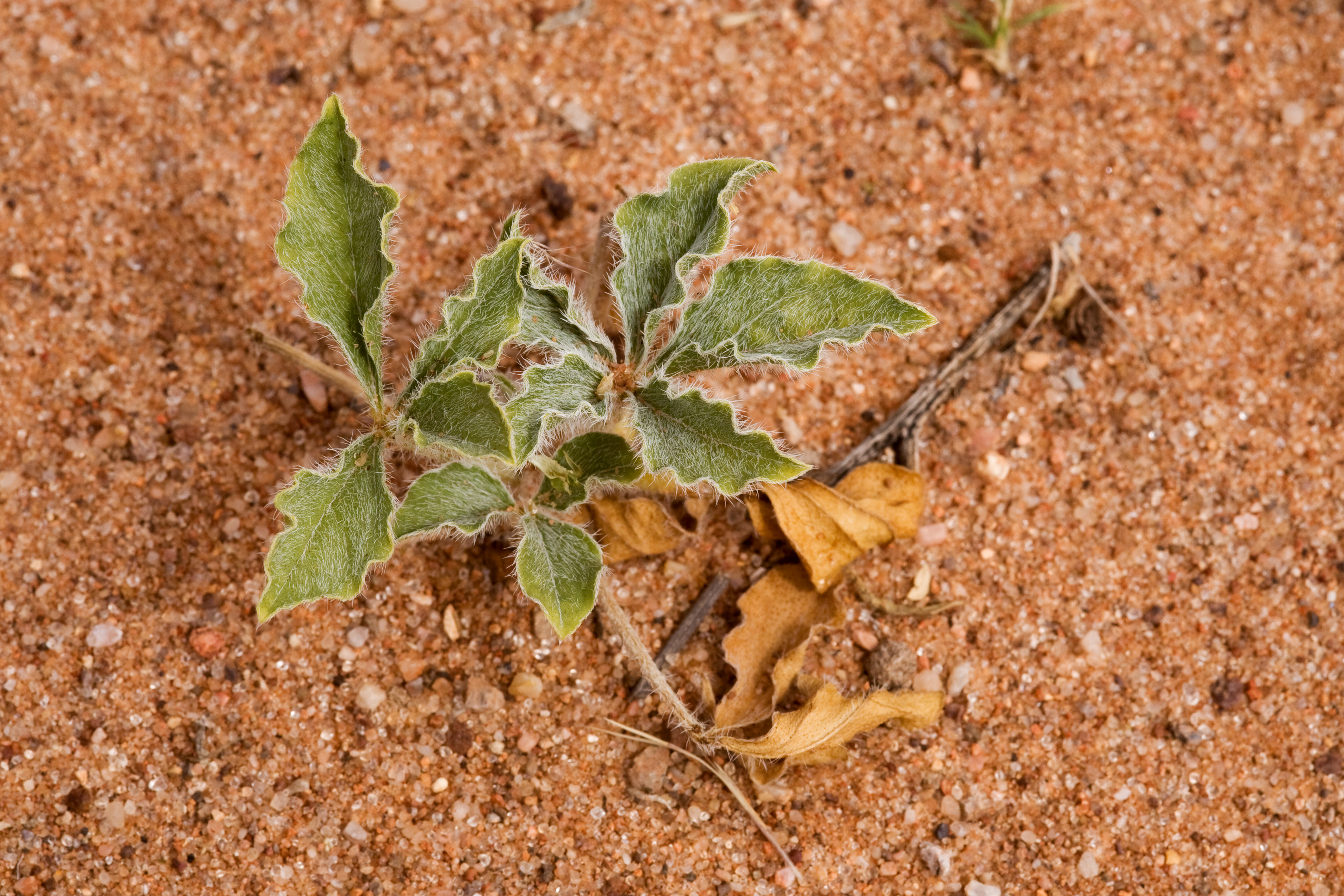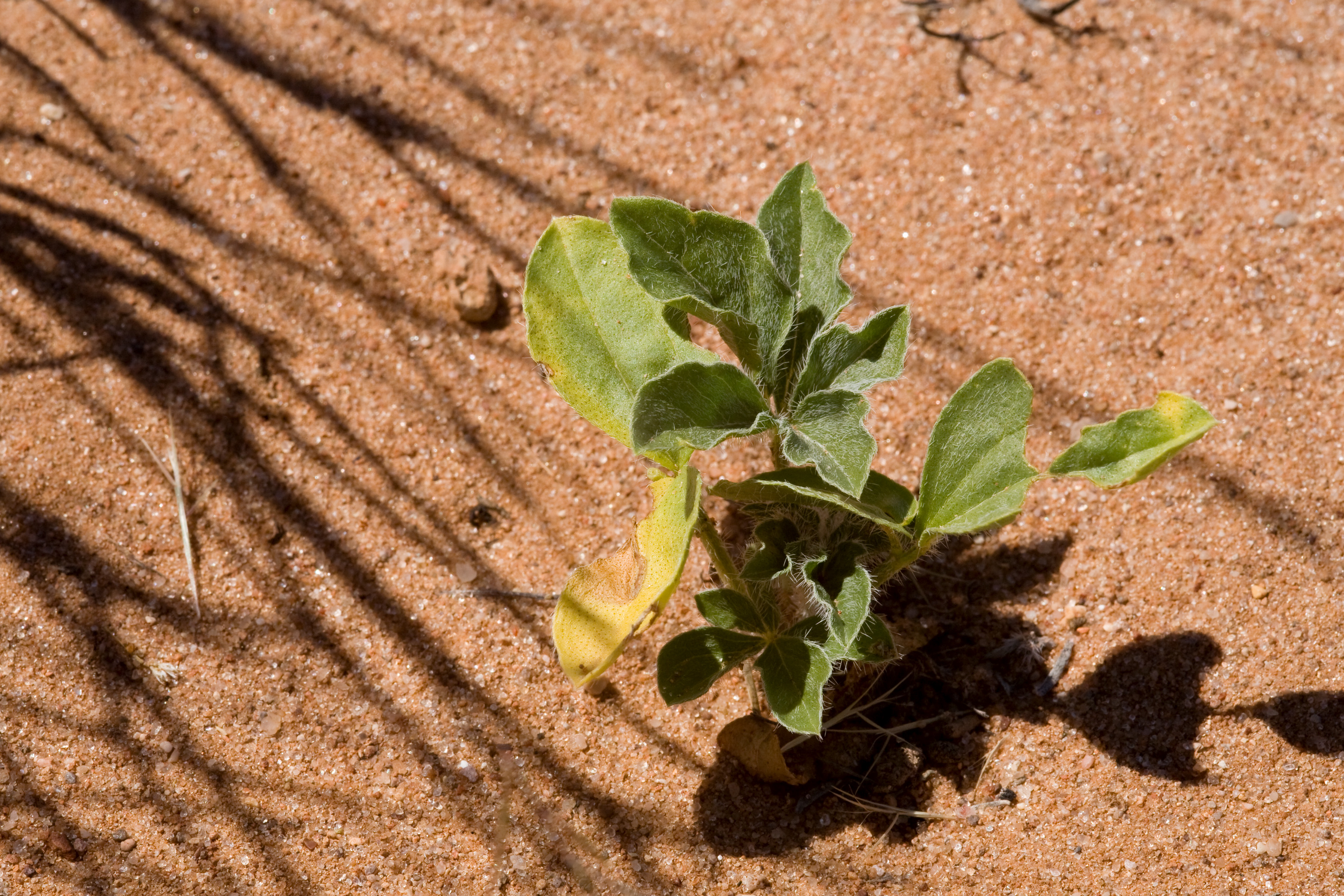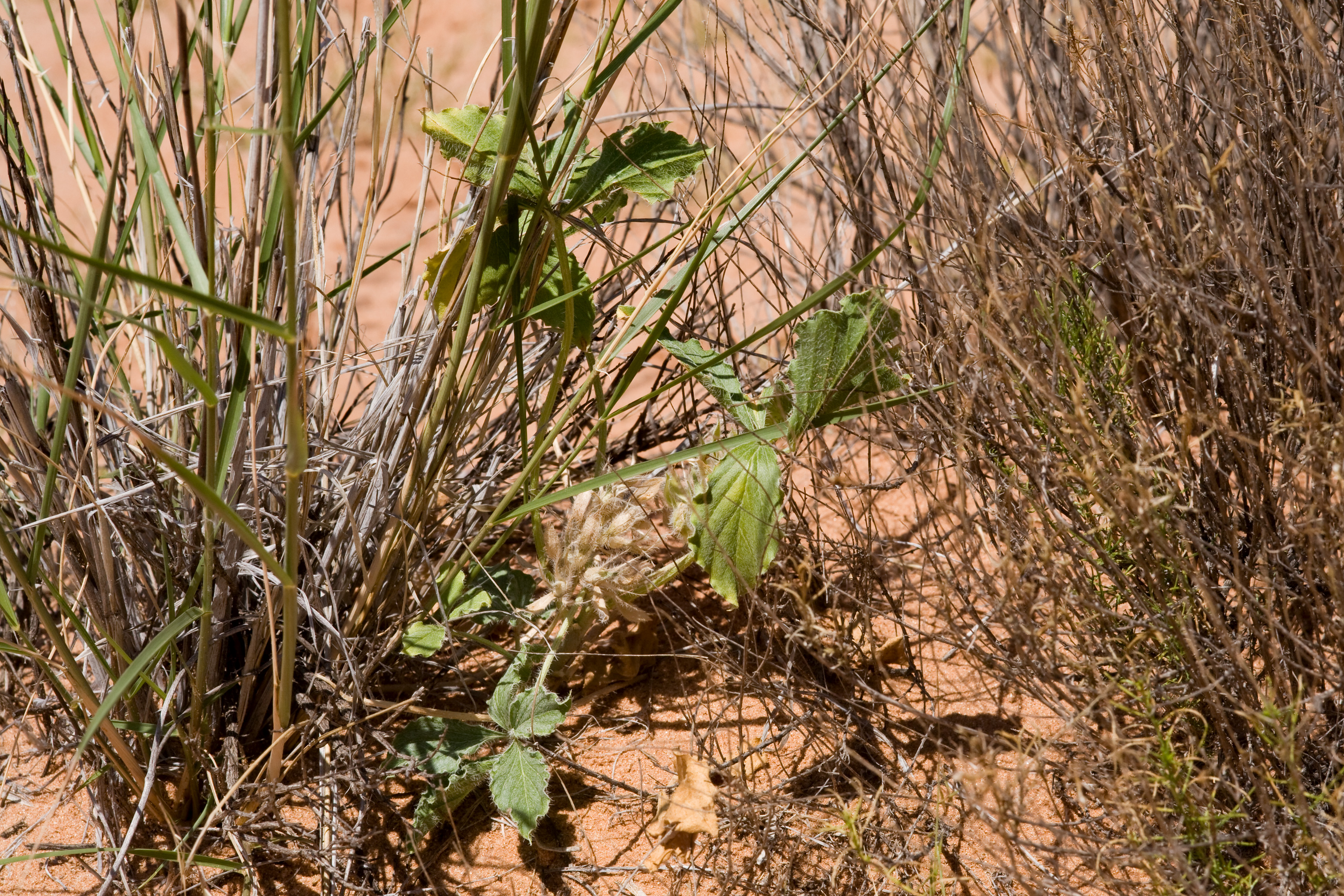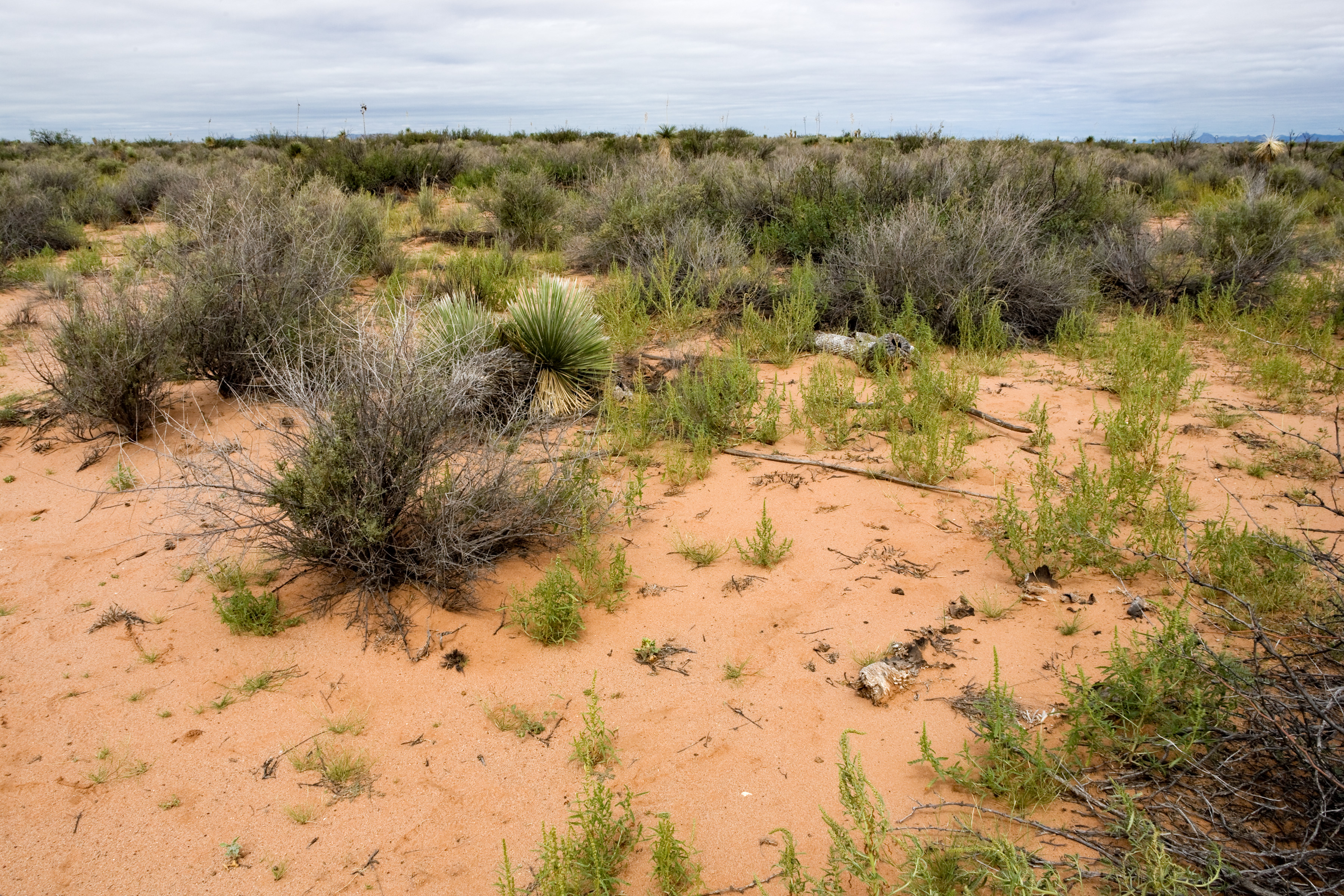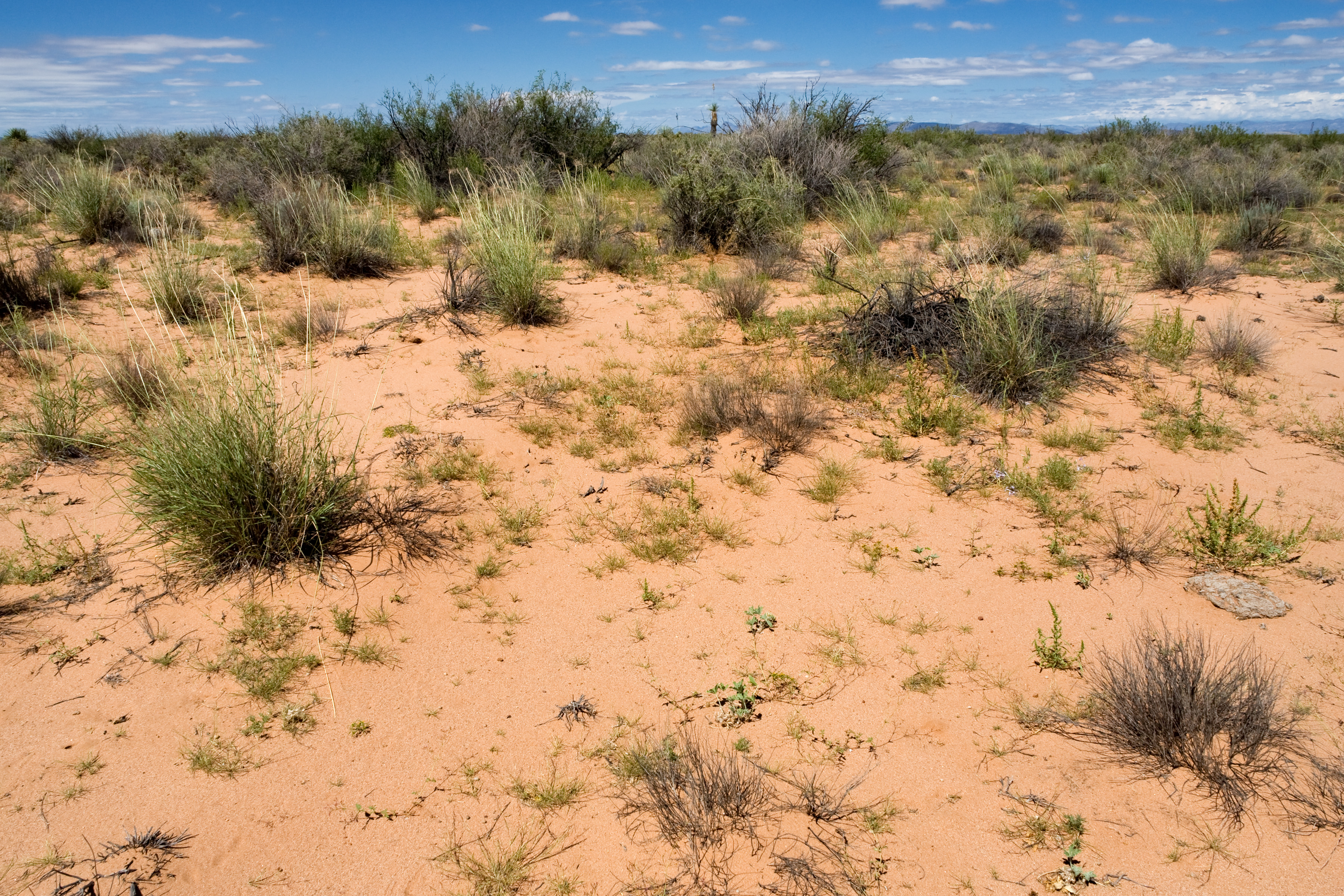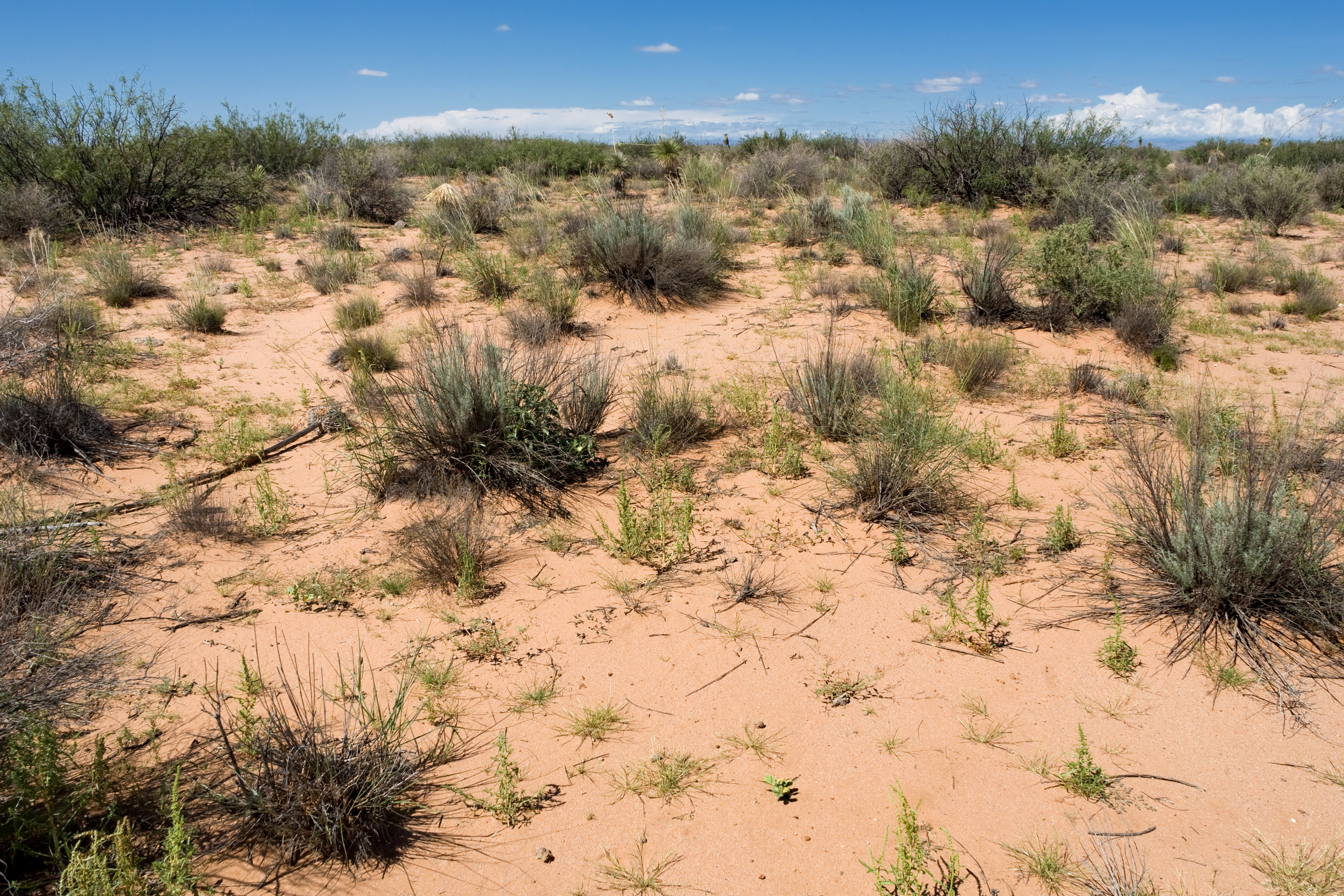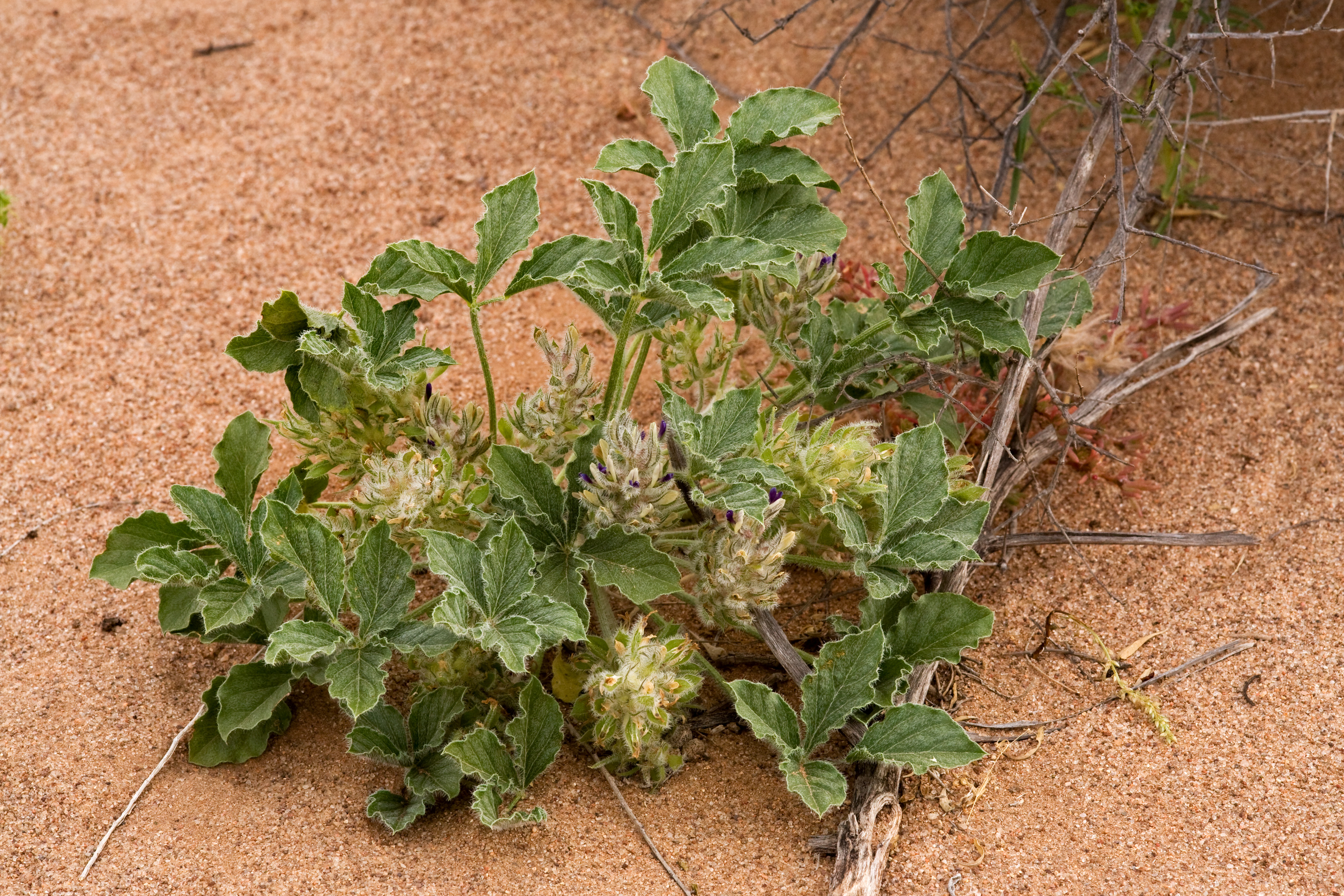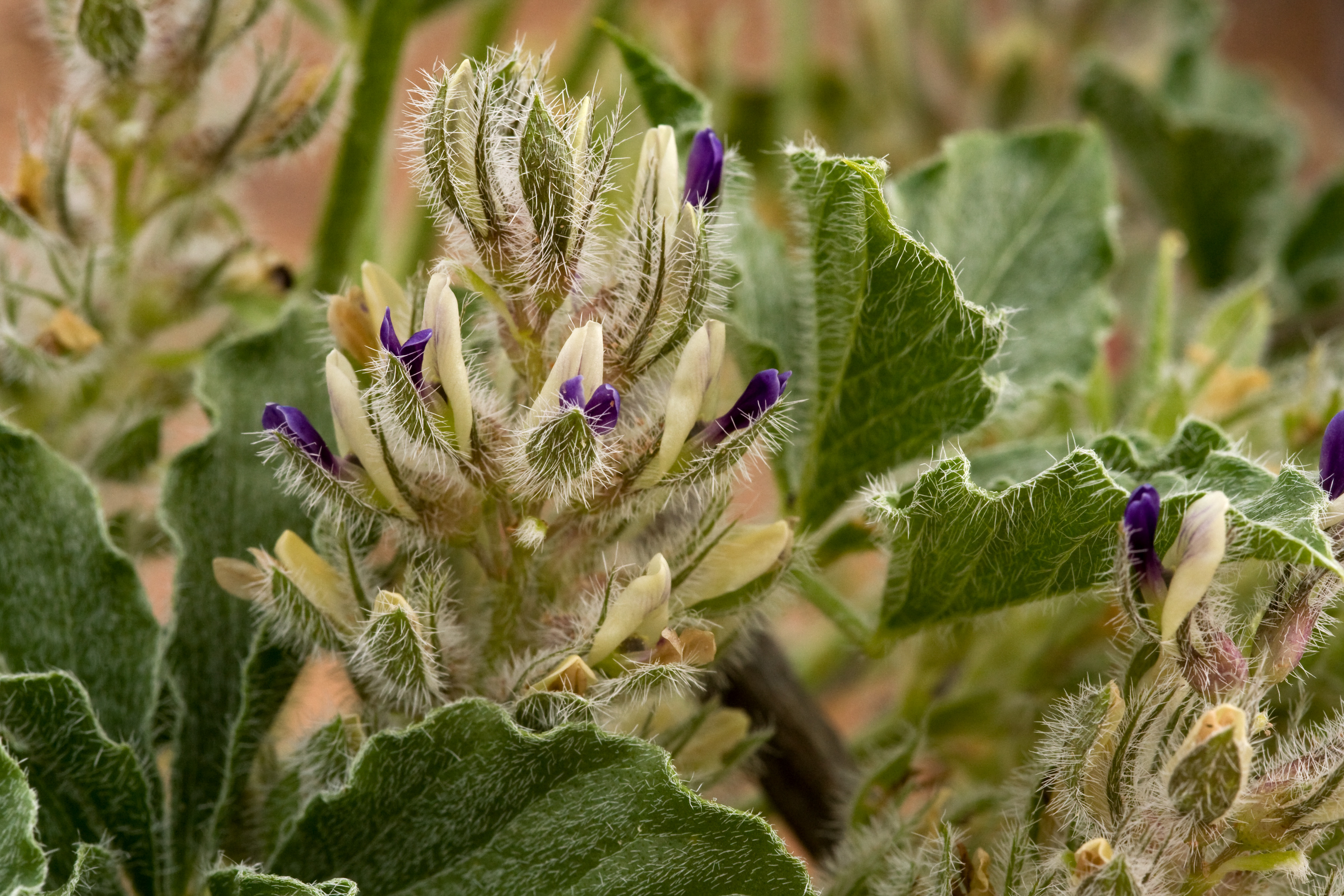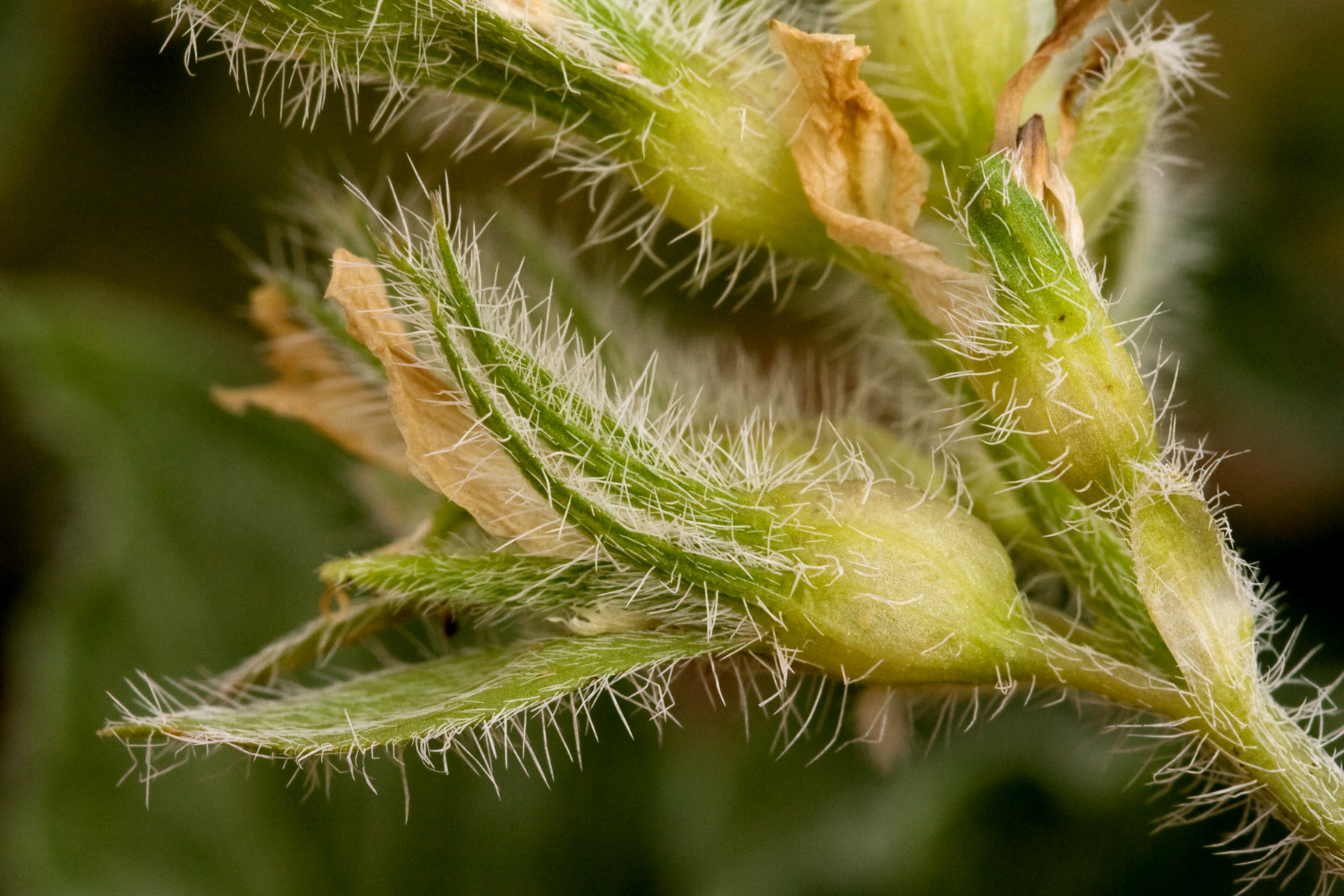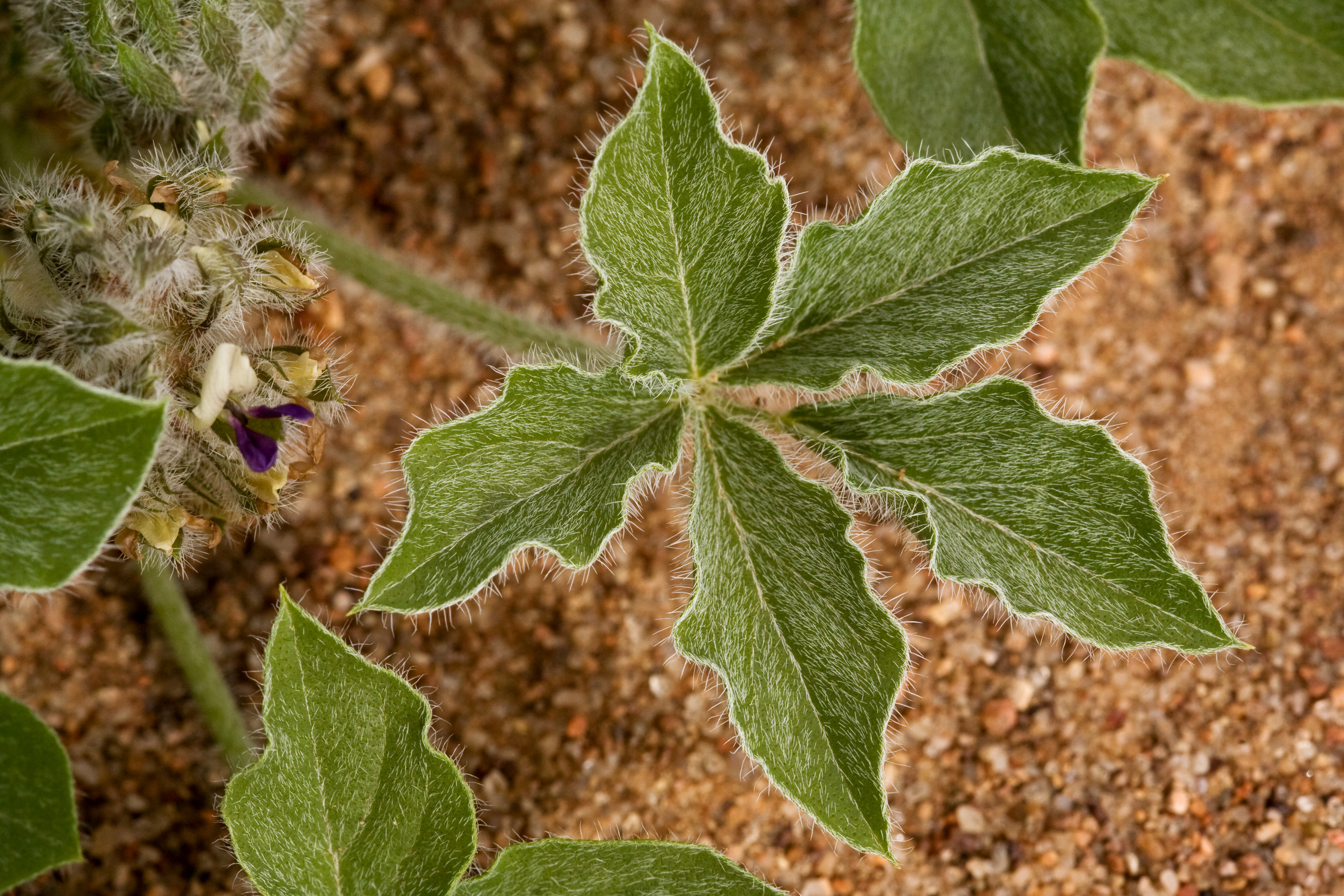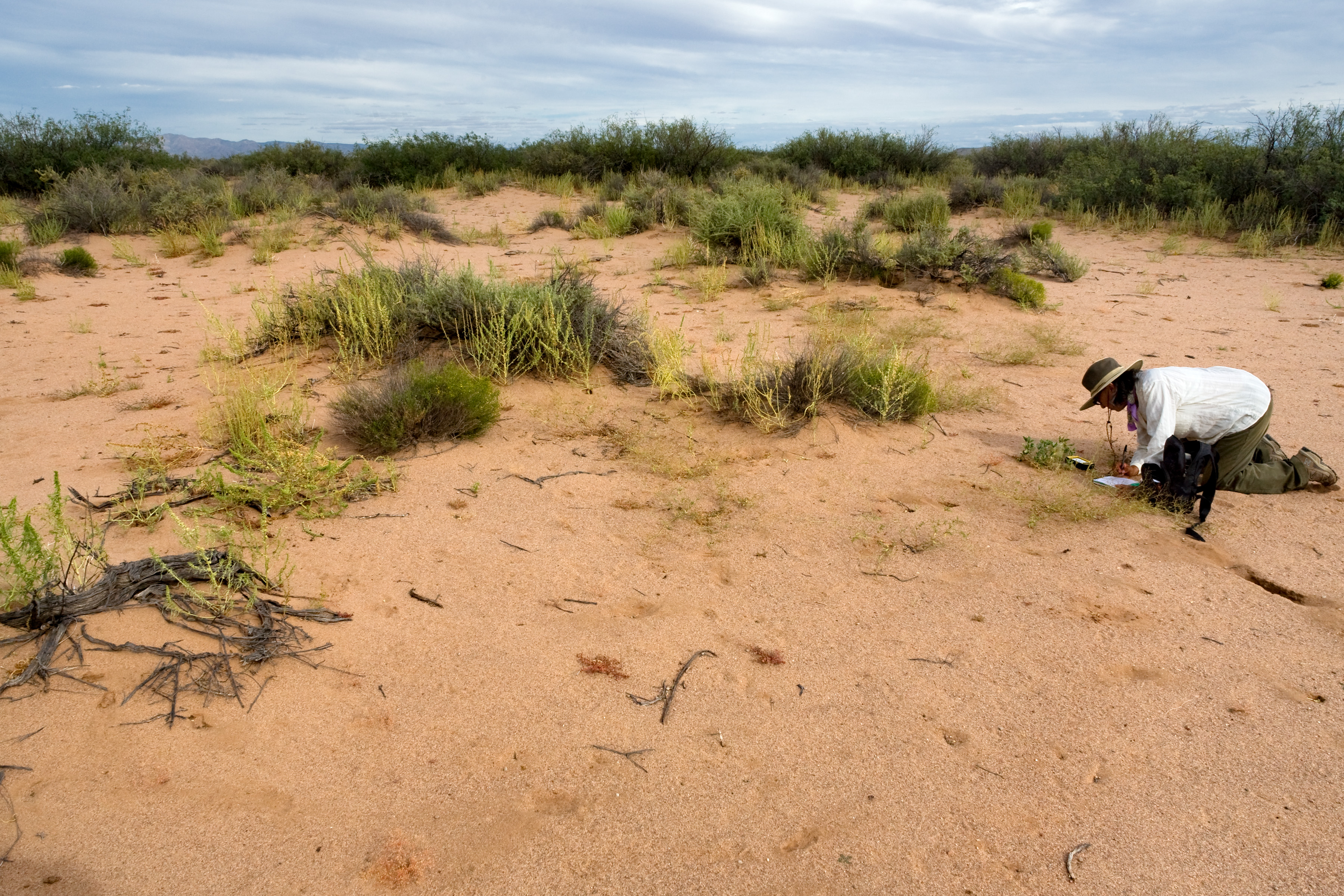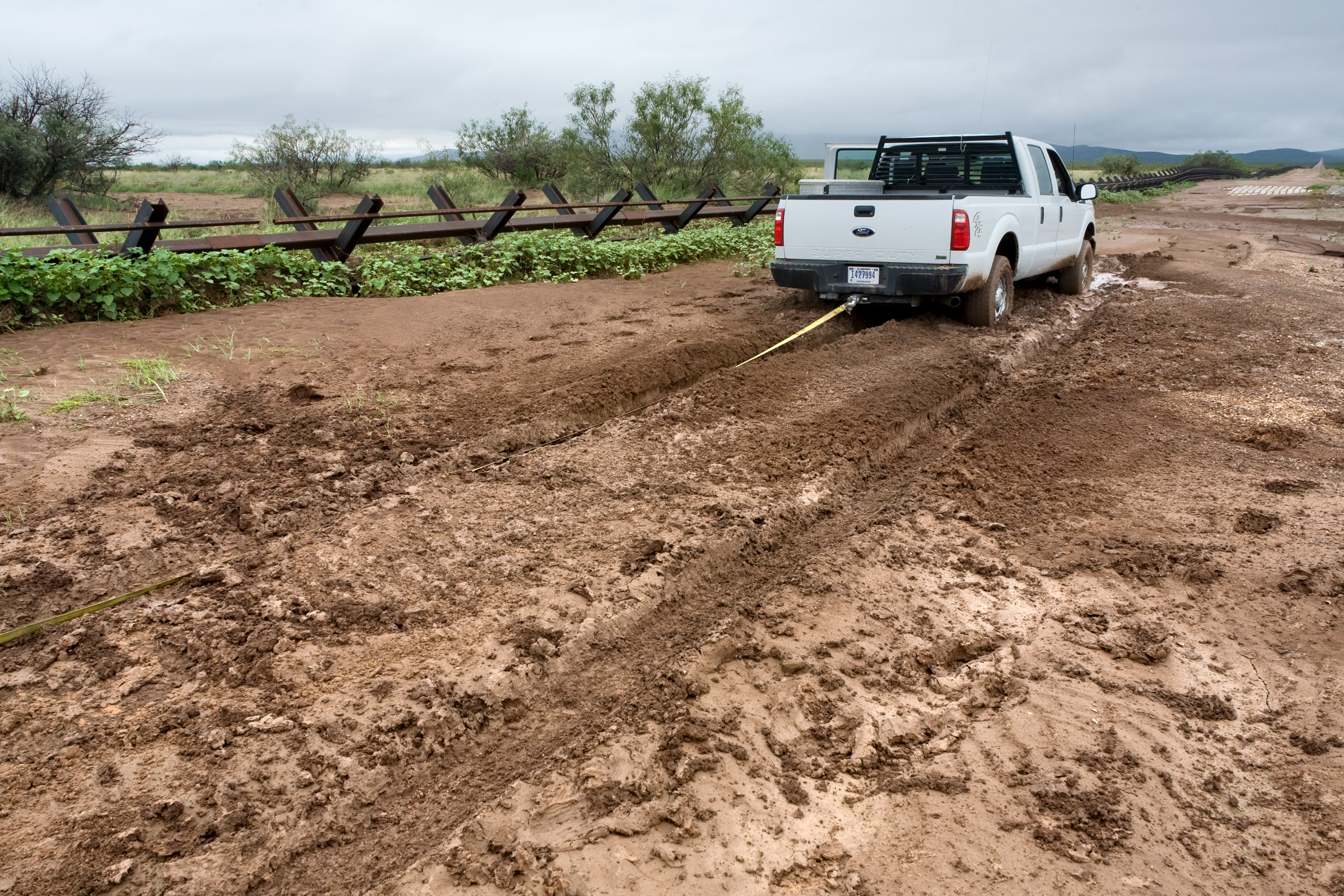With the last of the 2014 season’s seed collections wrapped-up and shipped away, our attentions have turned to other projects. A major portion of the work now involves the National Environmental Policy Act (NEPA). During the past few months I have had the good fortune to work on several interesting NEPA projects.
One such project involves developing and analyzing alternatives to determine the level of future grazing use, within the Kelso Peak Allotment. The allotment is situated mostly within the Bright Star Wilderness, an especially interesting location that receives influences from the Sierra Nevada Mountains, the Great Basin Desert, and the Mohave Desert, making the location extremely diverse botanically. One of the many interesting plant species of the project area is the Kelso Creek monkeyflower (Mimulus shevockii), a BLM sensitive plant species, which is known to occur in only a total of eleven populations on the planet.
Work for another NEPA project is set alongside Cottonwood Creek, the only National Wild and Scenic River in the Ridgecrest Field Office. Here our field office is assessing the impacts and requirements of conducting a fuels reduction burn in an area of old-growth sagebrush.
A third Environmental Assessment (EA), to which I am contributing, analyzes proposed range improvements within the Deep Springs Valley and South Oasis grazing allotments, at the northern end of the Ridgecrest Field Office. This project area, located in the Great Basin Desert, offers an interesting change of plants and other scenery, compared to the Mohave Desert that forms the majority of our work area. One of the highlights of the field work required to prepare this EA involved trekking cross-country through the wilderness, in order to locate, assess, and document a spring, which no present BLM employees had ever visited. A less pleasant aspect involved discovering approximately 125 contiguous acres of Russian thistle associated with a water trough site, on one of the above mentioned allotments.
As far as NEPA writing is involved, I have mainly contributed to the vegetation and non-native, invasive species sections, two areas for which I possess a high level of interest. The NEPA process required for an EA requires the consideration of a range of reasonable alternatives. I enjoy the process of looking at issues from various perspectives, in order to analyze different scenarios and their possible effects on the multiple resources stewarded by BLM.

Non-functional watering trough at One Tub Spring, on the South Oasis Allotment. BLM is considering repairing this and other grazing allotment improvements.
Another important and useful part of the process of performing NEPA analysis has involved using GIS. Examples include consulting the California Natural Diversity Database (CNDDB) for the known occurrences of Special Status Species and NISIMS (National Invasive Species Information Management System) for the locations of invasive plants. A related aspect, which I also enjoy, involves the utilization of mobile GIS. For each of these NEPA projects I have used a Trimble device, running ArcPad, to collect geodata of features such as fencelines, burn piles, springs, watering troughs, and invasive species infestations.
I have also used GIS to create several maps for EAs, which display project areas and the measures that would be implemented under each of the possible alternatives. These maps generally undergo changes as projects develop, enabling BLM staff and members of the public to understand proposed actions. This, and all NEPA work, is intended to contribute towards the making of well-informed decisions, better decisions being the ultimate goal of the NEPA process. Viva NEPA!
Marcus Lorusso
BLM Ridgecrest Field Office





























